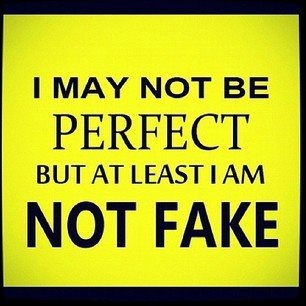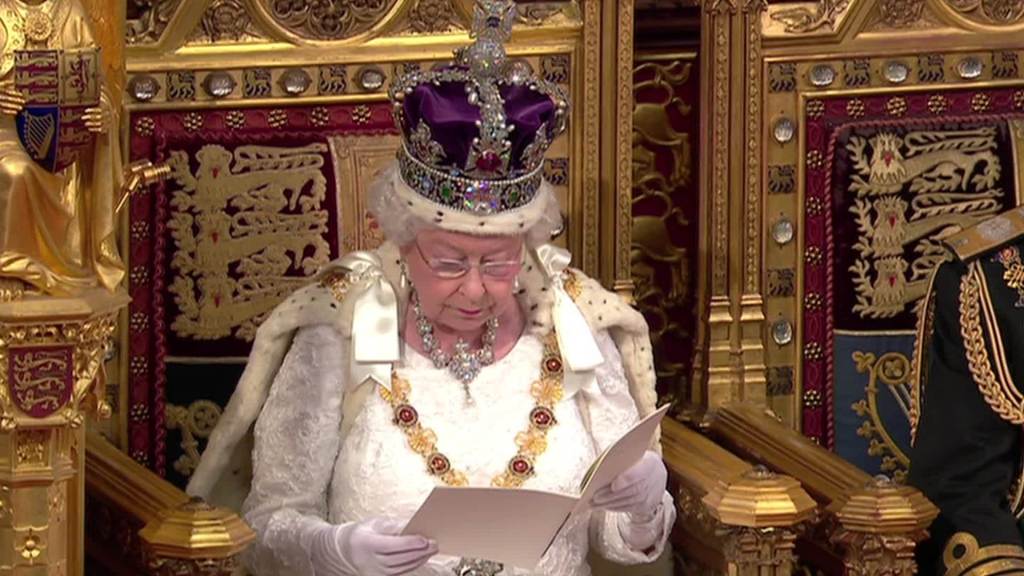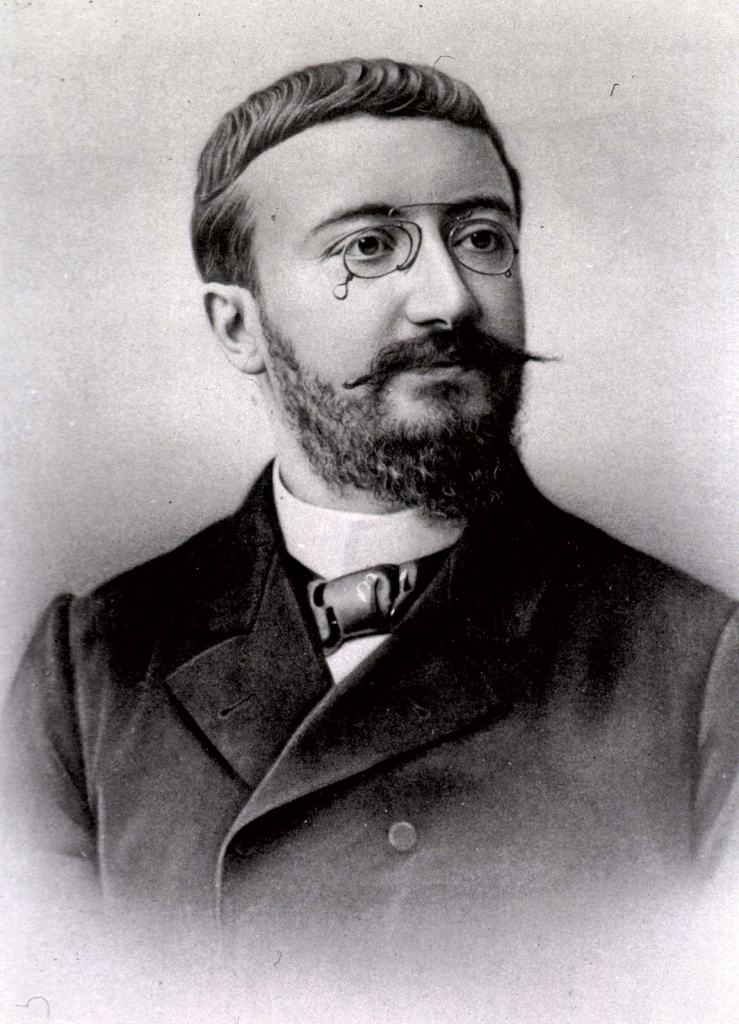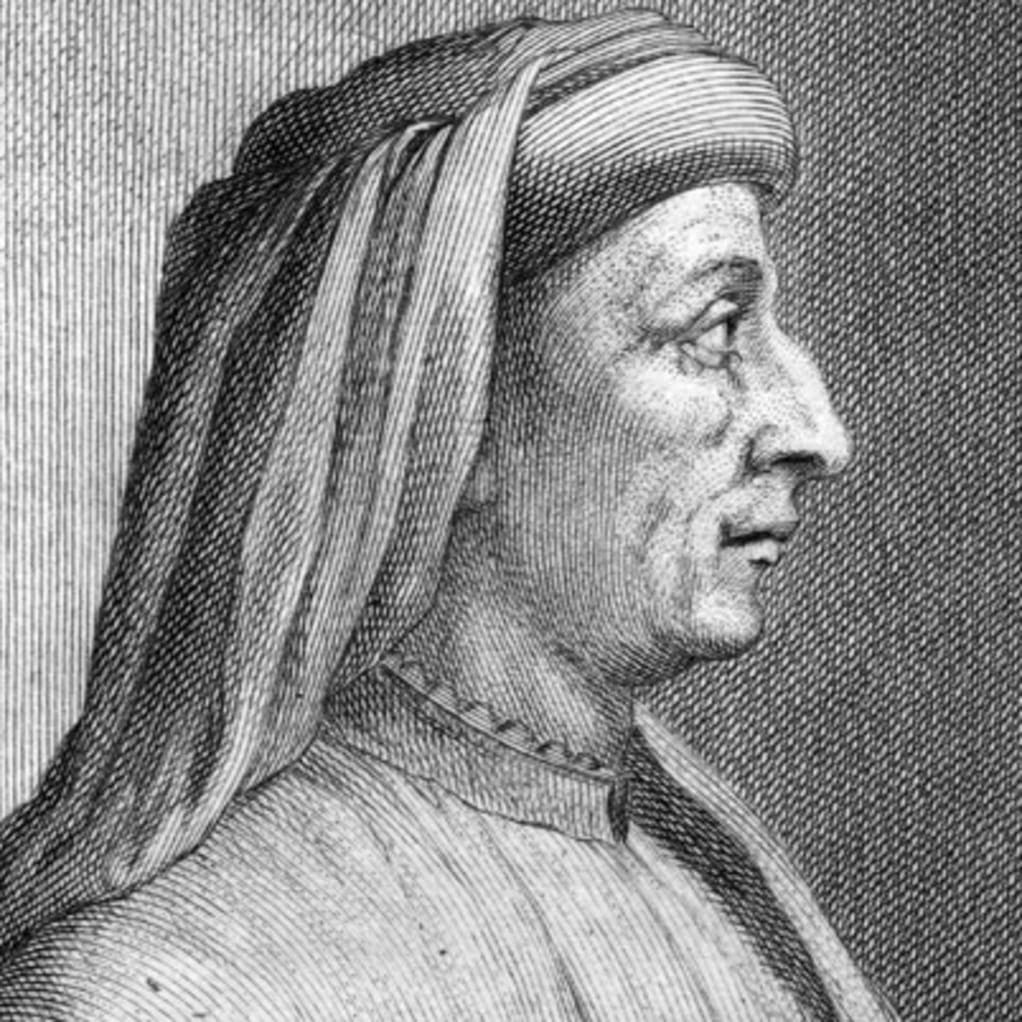Not everyone can become a great artist, but a great artist can come from anywhere.
Anton Ego, in Pixar’s Ratatouille
It is becoming more and more evident that group creativity is becoming more and more necessary.
We now live in a world of very complex and global challenges. Many of the most important and pressing issues exceed the capacity and capability of one individual.
As a result, it is clear that in order to find solutions, collaboration with other people has become increasingly necessary.
Concepts of Intelligence
Most of us grew up with a concept of intelligence based on the traditional IQ test. The IQ test was originated by Alfred Binet (1857-1911) to measure, objectively, comprehension, reasoning and judgement.
Alfred Binet
Alfred Binet was motivated by a powerful enthusiasm for the emerging discipline of psychology and a desire to overcome the cultural and class prejudices of the late nineteenth-century France in the assessment of children’s academic potential.
The Past vs. The Present
The Past
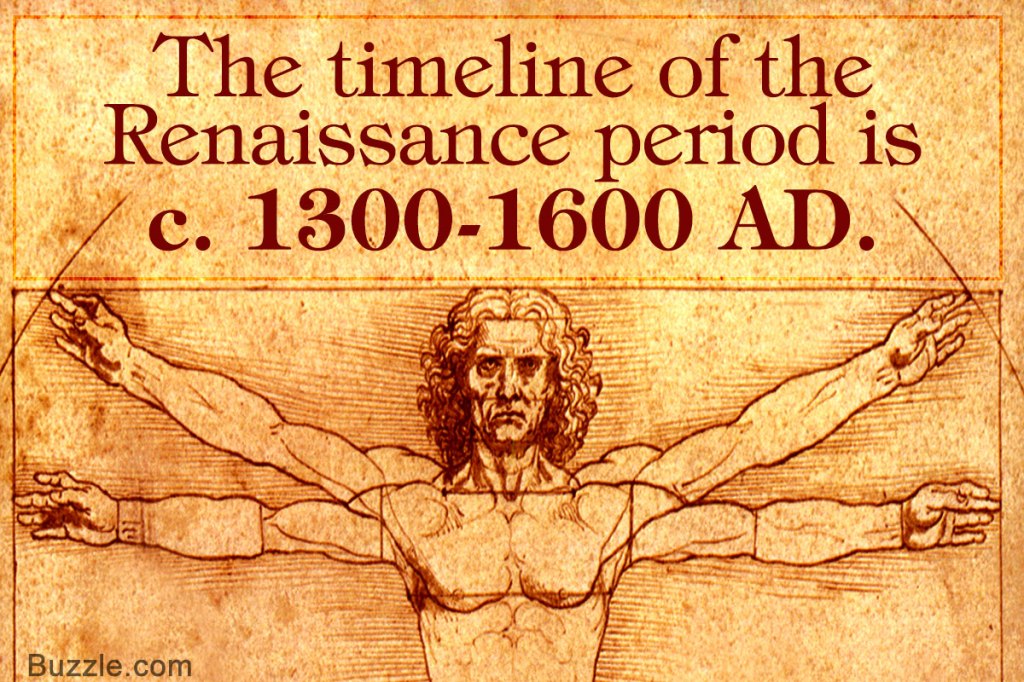
Research indicates that many studies in different fields were done by single individuals who made significant strides and produced inventions, works of art, formulas, and other various pursuits.
A great example of a man that history has crowned as one of the “Great Renaissance Men” was Leonardo Da Vinci.
Leonardo Da Vinci
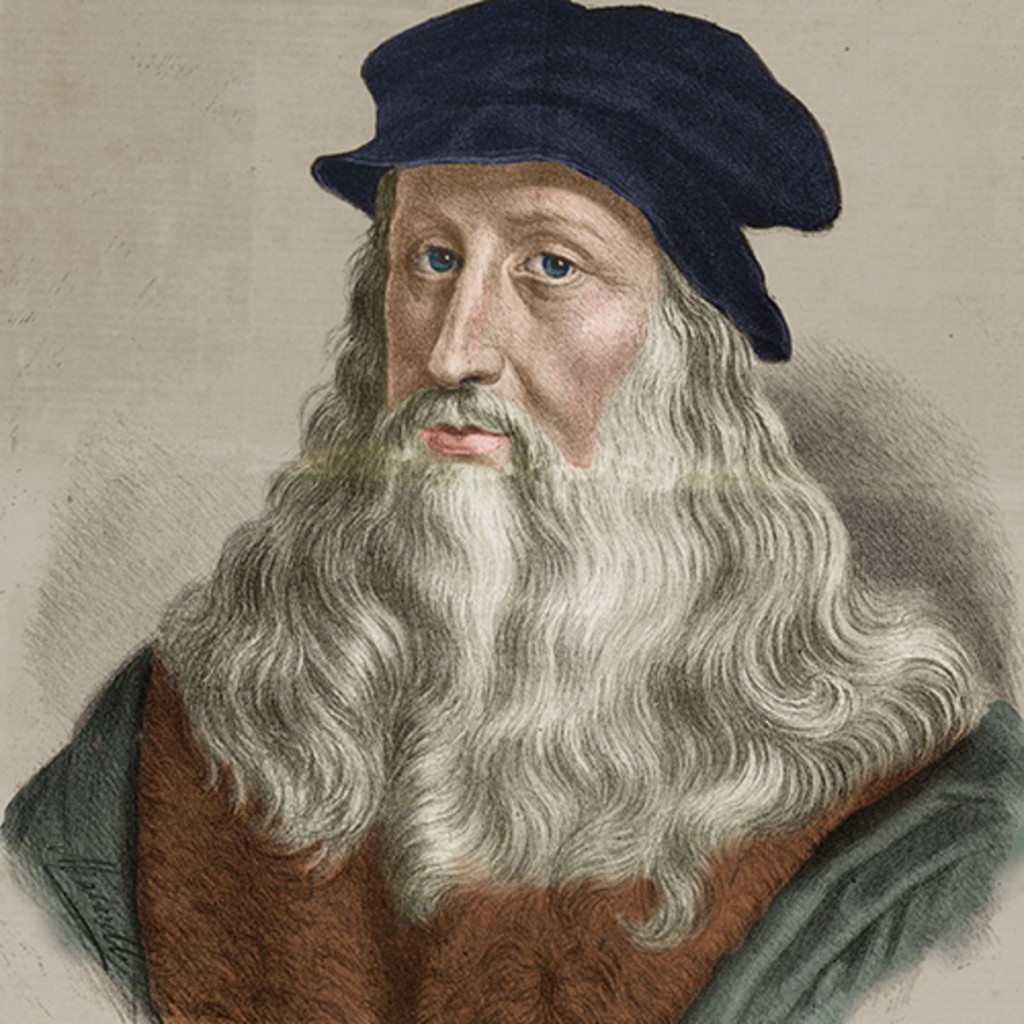
Leonardo da Vinci was a Renaissance painter, sculptor, architect, inventor, military engineer and draftsman — the epitome of a true Renaissance man. He is famously known for paintings like “The Last Supper” and “Mona Lisa,” and for inventions like a flying machine.
Gifted with a curious mind and a brilliant intellect, Leonardo da Vinci studied the laws of science and nature, which greatly informed his work. His drawings, paintings and other works have influenced countless artists and engineers over the centuries.
Mona Lisa
In 1503, da Vinci started working on what would become his most well-known painting — and arguably the most famous painting in the world —the “Mona Lisa.” The privately commissioned work is characterized by the enigmatic smile of the woman in the half-portrait.

The Present
The best research now emerges from groups and many science papers are co-authored, many works of art-creatively collaborated among individuals, even recent inventions and great ideas bear testament to the “great minds” behind them all.
Why is this you may ask? The reason is simple: many of the biggest problems that we need to solve now require the expertise of many people from different backgrounds who can bridge the gap between each discipline.
Creative Thinking and Accelerated Learning
Michael J. Gelb is a world-renowned innovator in the fields of creative thinking, accelerated learning and leadership development. He is also the author of How to Think like Leonardo da Vinci- Seven steps to Genius Every Day.
In his book, he states that at the time of the IQ test conception, the concept was considered a breakthrough, however, contemporary research now shows two significant flaws.
Flaw 1
The idea that intelligence is fixed at birth and immutable (unchanging overtime or unable to be changed).
He believes that although individuals are endowed genetically with more or less talent in a given area, researchers such as Buzan, Machado, Wenger and many others have shown that IQ scores can be raised significantly through appropriate training. Yeah!!
Flaw 2
The second weakness is the idea that the verbal and mathematical reasoning skills measured by IQ test (and SATs) are the sine qua nons ( an essential condition; a thing that is absolutely necessary) of intelligence.
Managing and Growing your Creative Dreams
How Management relates to growth
One of the most powerful things about growing your creative dreams is that growth requires management. This especially applies to you if you plan on making your creative dreams public or bringing it to the marketplace.
The manager part of you is different from the creative worker part of you. The creative worker only knows how to physically work directly on the creative dream. It’s the part that sews, paints, sings, dance, write or physically does something.
The manager part of you is the one who looks ahead, designs a system, or hires assistant for the creative worker.
Growth involves change, focus and strategy. Growth isn’t necessarily good if the system that supports that growth is faulty or becomes strained.
Also remember that growth in business doesn’t always match human growth.
Camana Bay
Farmers & Artisans Market

CAMANA BAY
A destination within a destination, Camana Bay is a vibrant town located in the heart of Grand Cayman in the Cayman Islands, a British Overseas Territory.
Situated on 685 acres between Seven Mile Beach and the North Sound, this mixed-use master-planned community is one of the first examples of New Urbanism in the Caribbean.
Developed by Dart Real Estate, Camana Bay offers more than 650,000 square feet of commercial office and retail space as well as 63 luxury apartments available for long-term lease, public spaces for all to enjoy, world-class shopping and dining, as well as family-friendly entertainment, events and attractions.
For more information, visit camanabay.com and keep up with the latest developments on Facebook (www.facebook.com/CamanaBay/) and follow us on Instagram (www.instagram.com/Camana_Bay/).
Teams
Another part of managing and growing your creative dreams is assembling a team to help you. We form teams all the time without calling it that. The dictionary states that a team is: “A group of people working or playing together as a unit”.
Did you also know that families are a kind of team? Growing creative dreams calls for us to form teams because we can create more in a community than we can by ourselves.
When you make a creative dream real, it is then separate from you and needs support in order to grow.
A team is an excellent kind of support, and the right kind of team is the best type of support.
Marketing
Growing your creative dreams may involve marketing. If you are at a public stage with your creative dreams and wish to share it with more people, you will need to know something about marketing.
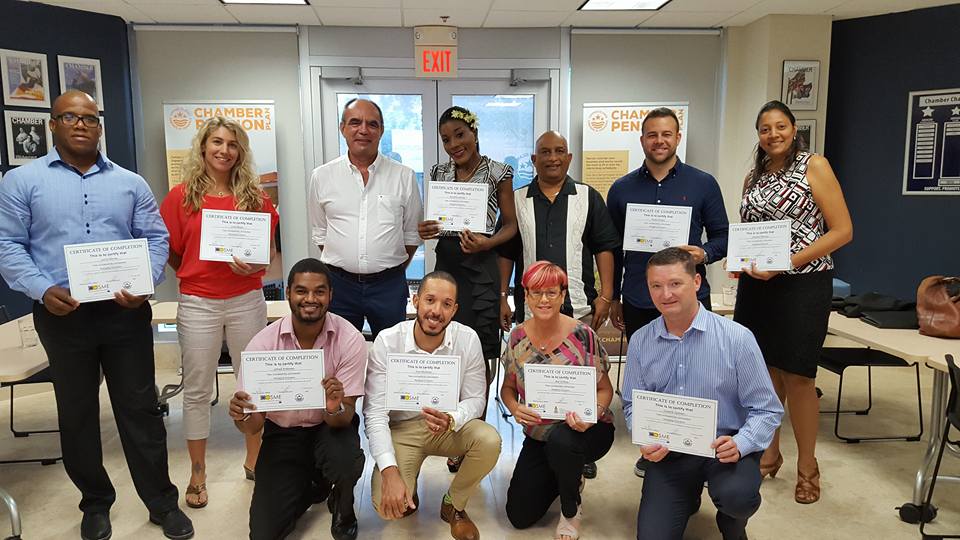
If you choose to involve your creative dreams in the world of trade and commerce, use some of your energy to become informed about what that means.

It can be extremely exciting and rewarding to share your creative dreams with the world and receive compensation in the form of money.
You can then use that money to fund more creative dreams.

Magic Kingdom: Walt Disney World
Types of Success
Success can:
• Isolate or remove you from friends or familiar things
• Distort your values
• Overwhelm you
• Cause you to quit your creative dream
The dictionary defines success as: “The gaining of position, fame, wealth, achievement or satisfaction.
Tyler Perry
Success however is not the answer or the solution, but part of a greater system. Your response to and management of your success is pivotal in nourishing yourself and your creative dreams.

Success can also:
• Expand and accelerate your creative dream
• Cause you to choose to be apart of a team
• Bring you in contact with wonderful people and things
• Assist you in making your other creative dreams real
• Support other people’s creative dreams
• Activate brand-new creative dreams
Success can also activate arrogance, egotism and entitlement.
Teachers and Mentors
We can be self-taught and taught by others. Teachers can appear in books, videos, films or by our experiences.
Micheal Jackson
Michael Jackson ruled the 80’s so dominantly, it’s easy to forget that the adorable pre-teen Jackson was a Motown sensation in the 70’s.
A child prodigy with cheerful charisma and natural dance talent, he led his band of brothers Jackie, Tito, Jermaine, and Marlon.
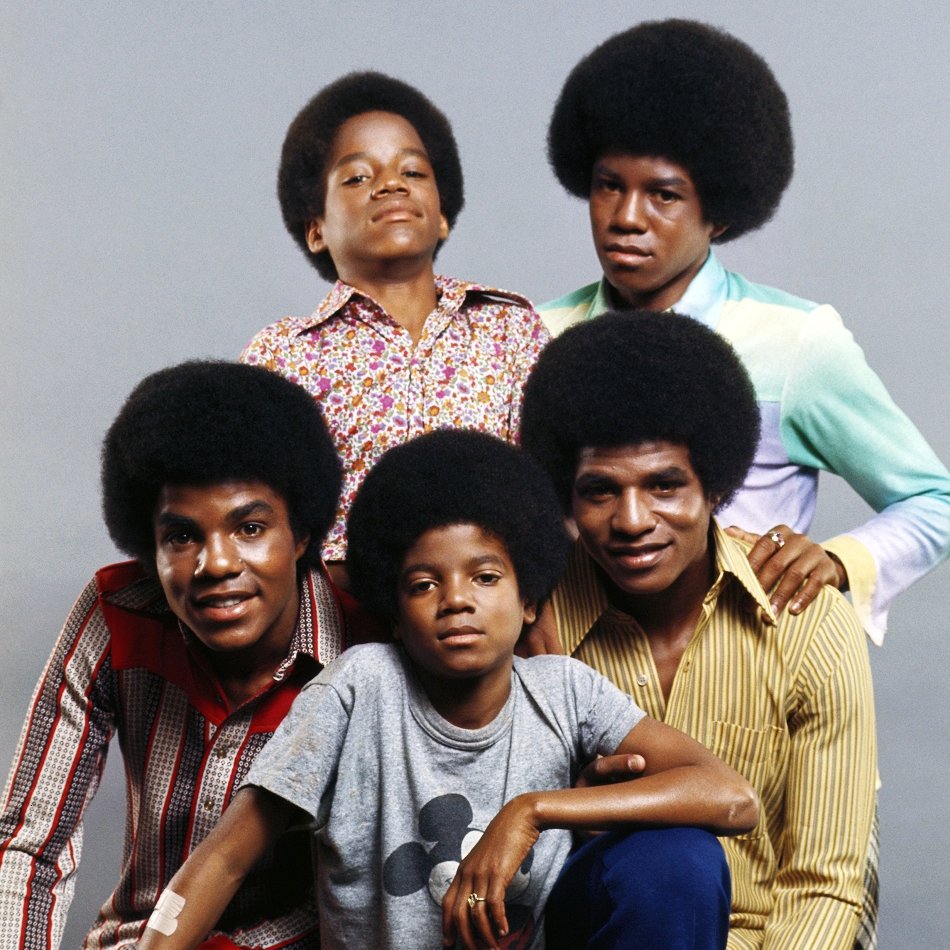
With four singles hitting the top of the Billboard charts, the Jackson 5 were among the first black groups to appeal to a racially diverse audience. With hits like “ABC” and “I Want You Back,” Jackson established his path to global stardom.
So remember, being teachable is important. We can need or want to learn, yet be essentially unteachable. If we are stubborn, or unwilling to listen or change, we can be unteachable.
However we receive teachings, our creative dreams will benefit from learning.
A Mentor
A Mentor is already doing/living something you want to do or live. I’ve learnt that the mentoring process is both a practical and alchemical process.
Practical, because you can imitate or practice what he or she has done and apply it to your own life.
Alchemical, because his or her energy and your energy merge and change both of you.
Mentors can mentor very briefly or over a lifetime. It is a gift that continues to give throughout generations.
Pyramids at Giza

Multiple Intelligences
In his modern classic, Frames of Mind (1983), psychologist Howard Gardner introduced the theory of multiple intelligences, which concluded that each of us contain at least seven measurable intelligences.
And guess what else I learnt? In Gardner’s later work with his colleagues (another prime example of group effort), they catalogued twenty-five different sub-intelligences. Wow!
Let me add my own intelligence to the following prime examples (7 being a prime number after all. Get it? Lol!).
Seven Types of Intelligences and Genius Exemplars other than Leonardo da Vinci
Meaning of Genius Exemplar: 1 : extraordinary intellectual power especially as manifested in creative activity. 2 : a person endowed with transcendent mental superiority specifically : a person with a very high IQ.
7 Types of Intelligences
• Interpersonal/Social- Queen Elizabeth I, Nelson Mandela, Mahatma Gandhi
• Musical- Mozart, George Gershwin, Ella Fitzgerald
• Verbal/Linguistic- William Shakespeare, Emily Dickinson, Jorge Luis Borges
• Logical/Mathematical- Stephen Hawkins, Isaac Newton, Marie Cutie
• Spatial/Mechanical- Michelangelo, Georgia O’Keeffe, Buckminster Fuller
• Interpersonal (self-knowledge)- Viktor Frankl, Thich Nhat Hanh, Mother Teresa
• Bodily/Kinesthetic- Morihei Ueshiba, Muhammad Ali, F.M. Alexander
The theory of multiple intelligences are now accepted widely and when combined with the realization that intelligence can be developed throughout life, offers a powerful inspiration for aspiring Renaissance men and women.
See my previous article: The Intelligent Person
Key Elements of the Patent System
The patent system is the oldest form of intellectual property right. Since its development, the concept has been featured in many of the world’s major political upheavals.
Testimony of this fact can be traced back as far as the late Middle ages where the element of monopoly conferred upon the holder of a patent has at least the potential to provide very significant economic benefits.
Brunelleschi’s Dome: The story of the Great Cathedral of Florence

Brunelleschi’s Dome
The first recorded patent was issued in Florence in the fifteenth century. According to the 5th Edition of Information Technology Law by Ian J. Lloyd, Filippo Brunelleschi, the architect of Florence’s remarkable cathedral won the world’s first patent for a technical invention in 1421.
Filippo Brunelleschi was a classic man of the Renaissance: tough-minded, multi-talented and thoroughly self-confident. He claimed he had a new means of conveying goods up the Arno River (he was intentionally vague on the details), which he refused to develop unless the state kept others from copying his design.
Filippo Brunelleschi
Florence complied and Brunelleschi walked away with the right to exclude all new means of transport on the Arno River for three years.
When adopted in England, the purpose of the patent system was somewhat different. Unlike Brunelleschi’s patent, the technology covered by the patent was new to the country rather than new in itself.
In the sixteenth and seventeenth centuries the system fell increasingly into disrepute because unfortunately the system was frequently being used to boost the Royal revenues by conferring a monopoly in respect to basic commodities for a fee.
It was another hundred years however, before it was settled that in return for the award of a patent, the inventor was required to specify details of the manner in which the invention functioned and not until the enactment of the Patent Act 1902 that even a rudimentary form of examination of the patent applications was made with a view to establishing novelty.
In recent United kingdom statutes, it has been made absolutely clear that the element of invention is critical for any award and that a balance is to be struck whereby in return for putting details of the manner in which the invention functioned into the public arena, the inventor is to receive a temporary monopoly in respect of its exploration.
Description of the Modern System
The basic theory of the patent system is simple and reasonable. It is desirable in the public interest that industrial techniques should be improved. In order to encourage improvement, and to encourage the disclosure of improvements in preference to their use in secret, any person devising an improvement in a manufactured article, or in machinery or methods for making it, may upon disclosure of the improvement at the Patent Office demand to be given a monopoly in the use for a period of years.
After that period it passes into the public domain, and the temporary monopoly is not objectable, for if it had not been for the inventor who devised and disclosed the improvement nobody would have been able to use it at that or any other time, since nobody would have known about it.
Furthermore, the giving of the monopoly encourages the putting into practice of the invention, for the only way the inventor can make a profit from it (or even recover the fees for his/her patent) is by putting it into practice, either by using it themselves, and deriving an advantage over their competitors from its use, or by allowing others to use it in return for royalties.
United Kingdom’s Patent System- Patent Act 1977
Today the United Kingdom patent system is based primarily on the Patent Act 1977. This statute was enacted in part to reform and update the United Kingdom law relating to patents but also in order to bring domestic law into conformity with the provisions of the European Patent Convention, opened for signature in 1973, which provides for a measure of harmonization in matters of substance and procedure amongst signatory statutes.
There is no doubt that inventiveness is a key requirement of the patent system, what has been more debatable has been the application of the system to soft-ware related inventions. these are innovations where novelty resides primarily or exclusively in software components.
Concerns:
1 Does the software developments fit conceptually into the industrial nature of the system?
2 Does the library and related resources exist to allow claim to novelty to be adequately assessed?
Patents in the International Arena
According to the 5th Edition of thew Information Technology Law by Ian J. Lloyd, the patent systems tended to be found only in the developed world. However, since the introduction of the World Trade Organization (WTO), it has resulted in many more countries introducing systems of patent protection.
The oldest international instrument is the Paris Convention, an instrument signed by ninety-six states, including all of the major industrial states. This provides that the submission of an application in one signatory state will serve to establish priority for the applicant in the event that equivalent applications are submitted in other signatory states within twelve months.
Although such a facility is of considerable value for inventors, the practical problems involved in obtaining patent protection on anything like a worldwide basis are immense, and a number of subsequent agreements have sought to ease the task facing applicants.
For a good description of the history of the United Kingdom Patent System, see the Patent Office Website at:
https://www.gov.uk/guidance/the-patent-act-1977
During the time of the Renaissance
The Convention was first opened for signatory on the 20th March 1883, with the most recent revision occurring in Stockholm in 1968.
Intellectual Property in GATTS and WTO
Shortly after the end of the Second World War, the General Agreement on Tariffs and Trade has provided a legal mechanism for international trade. Reform to the system in the 1990’s brought service into the international agreement for the first time and also introduced provisions relating to the intellectual property rights.
The Trade Related aspects of Intellectual Property Rights (TRIPS) Protocol, which was adopted in 1994, entered into force on the 1st January 1995. For more information on the General Agreement on Tariffs and Trade (GATT) requirements and signatures to make patents, visit:
https://www.wto.org/english/thewto_e/history_e/history_e.htm
Requirements for patentability
A patent may be awarded in respect of an invention. The invention may relate either to a new product or to a novel process (perhaps Blockchain Technology?).
The Patents Act 1977 does not define the word ‘invention’, but it does specify attributes that any invention must possess. These require that:
- The invention is new
- It involves an inventive step
- It is capable of industrial exploitation, and
- The grant of a patent for it is not excluded

Patent Software
Software-related inventions can be patented. In the United Kingdom, approximately 100 patent applications in their name are published each year. In proceedings before the European Patent Office, this figure rises to 100 per month.
The report of the Parliamentary Office of Science and Technology on Patents, research and Technology indicates that in the last 10 years the (EPO) European Patent Office has granted around 10,000 patents for software-related inventions, and has refused only 100 applications.
In 2003, it was estimated that up to 30,000 software patents had been issued by the European Patent Office, although, in part because the existence of the statutory prohibitions requires that software-related inventions be cataloged by reference to their field of application rather than the software component.
Matters excluded from patent protection
In addition to defining the elements that most be found in an invention, the Patents Act 1977 lists a number of features which will not qualify for the grant of a patent.
Section 1(2) which mirrors Article 52 of the European Patent Convention, provides that patent are not to be awarded for:
- A discovery, scientific theory or mathematical method (I wonder if STEM (Science, Technology, Engineering and Math is included?)
- A literary, dramatic, musical or artistic work or any other aesthetic creation whatsoever;
- A scheme, rule or method for performing a mental act, playing a game or doing business, or a program for a computer; or
- The presentation of information.

